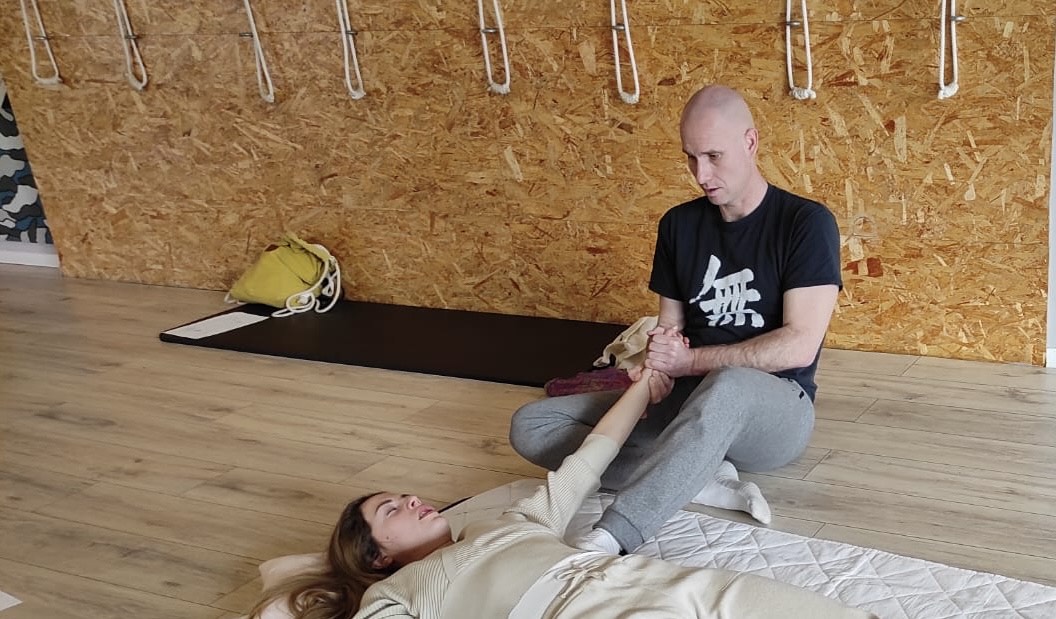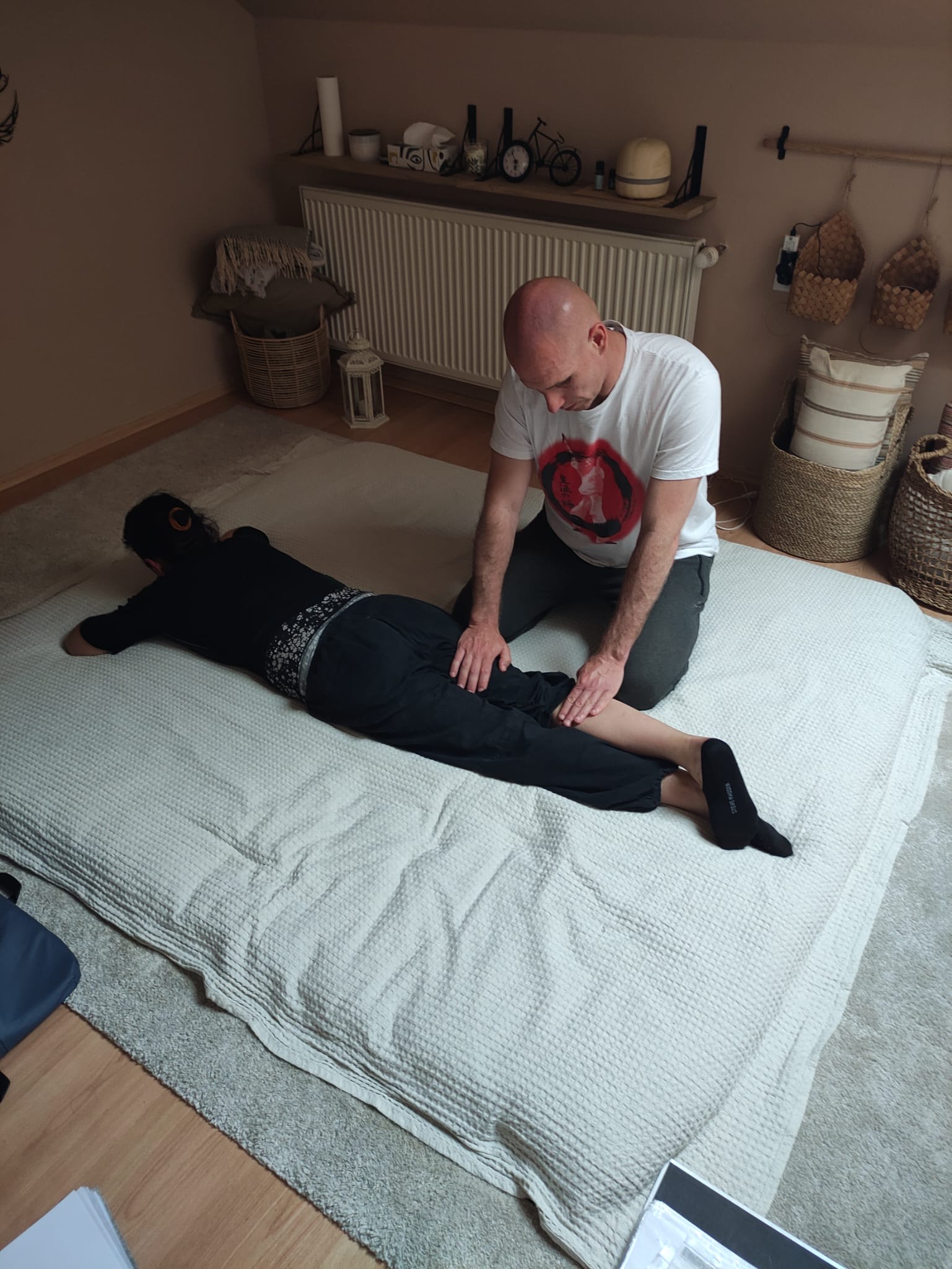Shiatsu
Shiatsu, while recognized today as a distinct Japanese therapy, has deep roots in ancient Chinese medicine and philosophy. Its foundational ideas can be traced back to The Yellow Emperor’s Classic of Internal Medicine, a text from the Han Dynasty (206 BC – AD 25), which discusses how environmental and geographical factors influence health. In ancient China, four distinct approaches to medicine emerged based on the regional climate: the warm South emphasized herbal remedies due to the abundant vegetation, the cold North developed moxibustion, which involves burning mugwort on acupuncture points, the East relied on acupuncture to treat stomach ulcers common from a fish- and salt-based diet, and the Center of China advanced massage techniques, breathing exercises, and other physical therapies. All these methods aimed to keep individuals in harmony with the Tao, or the flow of life.

The introduction of these Chinese medical ideas to Japan occurred around the 6th century, when monks brought Buddhism, Taoism, and Confucianism to Japan. By the 7th century, Japanese delegations were studying Chinese medicine, and over time, Japanese practitioners adapted and evolved these concepts into unique forms of therapy. Anma, a form of massage primarily practiced by the blind during the Edo Period (1602–1868), was one precursor to modern Shiatsu. However, Anma eventually gained a reputation as merely a relaxation technique due to the limited medical education available to its practitioners.
The development of Shiatsu as we know it began in the early 20th century. Tamai Tempaku, in 1919, published Shiatsu Ho (Finger Pressure Method), blending traditional Anma massage with Ampuku (abdominal massage) and Do-In (therapeutic exercises), while incorporating Western anatomy and physiology. His work laid the foundation for Shiatsu's eventual recognition as a distinct therapy in Japan. In 1957, the Japan Shiatsu School was officially licensed by the Japanese Ministry of Health and Welfare, and in 1964, Shiatsu was legally recognized as separate from Anma and Swedish massage.
Shiatsu’s rise to prominence was shaped by three key figures. Tokujiro Namikoshi, who founded the Japan Shiatsu Institute, focused on Western medical theories, emphasizing the neuromuscular system over traditional meridian theory. His style, still widely practiced, involves whole-body treatments based on stimulating muscles and nerves. Shizuto Masunaga, another influential figure, sought to reconnect Shiatsu with its Eastern roots by incorporating meridian theory and developing Zen Shiatsu, which addresses the spiritual and emotional aspects of healing. Masunaga also introduced diagnostic techniques like Hara diagnosis and Makko-Ho exercises, which are designed to correct imbalances in the body's energy flow. Lastly, Katsusuke Serizawa, through modern scientific methods, validated the existence of Tsubos (points on meridians) and created Tsubo therapy, which combines acupuncture, moxibustion, and acupressure. These pioneers have had a lasting influence on Shiatsu, which today continues to evolve and adapt while maintaining its core principle: the manipulation of Ki, or life energy. Modern variations of Shiatsu blend traditional techniques with contemporary innovations, making it a widely respected and practiced form of therapy across the world.
Instructions for Shiatsu Treatment:
- 1. Come in clean and comfortable cotton clothing.
- 2. Do not eat or drink too much immediately before the treatment.
- 3. The treatment lasts one hour.
- 4. After the treatment, drink plenty of water.
At Nanbu Dojo Heiwa, a combination of the Namikoshi, Masunaga, and Shugyo methods is practiced, along with various Japanese somatic practices.
